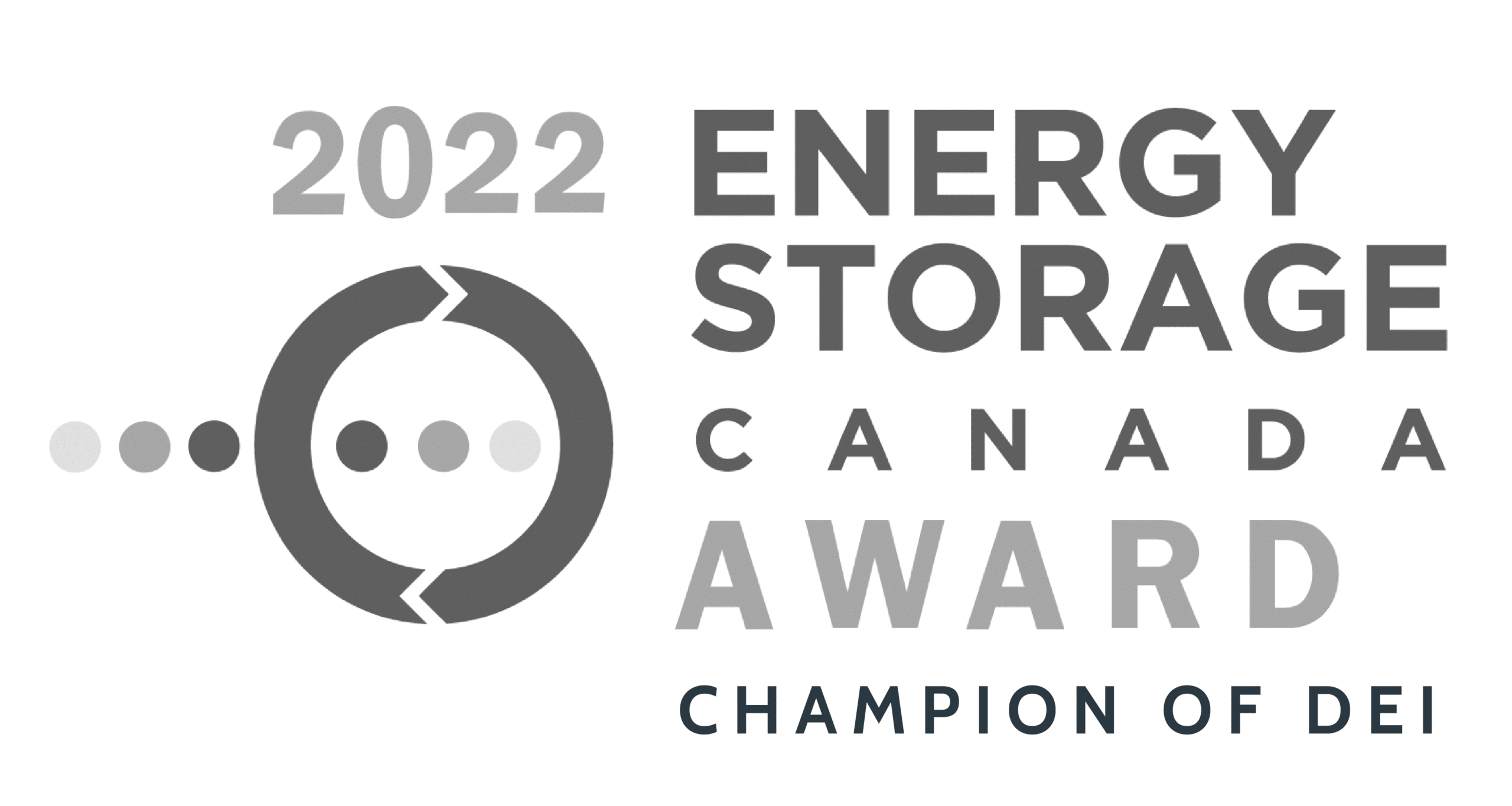From growing populations to extreme heat waves, the current power system works overtime to meet ever-increasing energy demand. If we want to keep up, we need to look at new ways of building out energy infrastructure, including more intelligent use of energy resources.
Virtual Power Plants (VPPs) are an alternative to relying on gas or coal power plants and the associated costly (and often complicated) transmission and distribution infrastructure. Virtual Power Plants enable distributed energy assets to play a more significant role in the overall grid.
Brattle reports that the net cost of providing sufficient energy from a VPP is significantly less than alternative options such as gas. In fact, it’s the only resource with the potential to provide resource adequacy at a negative net cost.
What is a Virtual Power Plant?
Virtual power plants (VPPs) are a type of decentralized energy supply that relies on a network of small energy-producing and energy storage assets – distributed energy resources – instead of the main centralized power grid.
They can include many renewable energy sources like rooftop solar, wind or solar farms, battery storage, and even individual electric vehicles. Businesses can participate in VPPs, and as they become more prolific, it opens up opportunities for both commercial and industrial organizations and residential homes with solar, storage, and electric vehicles to participate.
VPPs also use optimization software to control the charging, storing, and dispatching of energy to benefit the system. A VPP may also serve the main grid and supplement centralized systems.
Use Case: Emergency Load Reduction Program (ELRP)
For example, Tesla has partnered with Pacific Gas and Electric Company (PG&E) to create the Emergency Load Reduction Program (ELRP) pilot program. This program encourages residential customers in the PG&E service territory to become a part of the ‘largest distributed battery in the world’ in an effort to help keep California’s energy clean and reliable.
Eligible customers with a Tesla Powerwall receive a notification a short time before the grid needs emergency support, which helps reduce the chance of community power outages.
It comes with an incentive, too: eligible participants will receive $2 for every additional kWh their Tesla Powerwall provides during an event.
In 2022, this pilot program saw considerable success during the Labor Day heat wave. Powerwall owners were able to make significant contributions to the grid during this time.
Funding Opportunities
There is an initial investment required to become a part of a virtual power plant, but many incentives are available from federal, state, and provincial, local governments, and even utilities.
For example, Peak Power worked with GHP Office Realty to develop battery storage at their facilities in New York State. Con Edison, the electric utility for the sites, provided funding for the project so that the battery storage could be used to help the utility during peak demand events.
Potential Additional Revenue Stream
For a distributed energy resource to be a worthwhile investment for a company, it needs to be profitable. When energy demand is high, grid operators will call upon other resources to help provide energy or reduce strain on the grid. As a facility with on-site battery storage, you can become a participant. When prices and demand are low, your battery will charge up on energy.
Peak Power’s energy storage management and optimization software helps to anticipate these peak events. Many utilities will offer demand response programs where you can earn financial compensation for reducing your electricity use during these peak demands.
In 2020, Peak Power responded to the call for a test demand response event. Our VPP demonstration was the first of its kind in the City of Toronto, consisting of four batteries, twelve electric vehicles, and load reductions across eight commercial buildings in Toronto. Together, these buildings operated as a single VPP. Within just four hours, they created over $10,500 worth of value during the peak demand event.
Protected From Outages
Climate change has increased unpredictable weather, like a sudden demand for air conditioning due to an unprecedented spring heat wave. During extreme weather and heavy usage, centralized power can be quite unreliable.
The result? Blackouts that can last for hours and so much lost income potential as your facility shuts down operations.
But at Peak Power, the weather is far from unpredictable. Our on-staff meteorologists work tirelessly to predict heat waves and other major peak demand events. Peak Power’s energy management software, combined with on-site energy storage, allows operations to continue as usual.
Lactalis Canada, one of the nation’s largest dairy providers, found that even a few seconds of lost power could affect production and quality, potentially costing thousands of dollars. As a solution, we designed energy storage systems with ride-through capabilities of up to two hours to safeguard against any potential short power outages, saving them an estimated $1 million annually.
The more facilities that have stored power and can respond to needs on the grid by using stored electricity from distributed energy resources (thus reducing demand on the grid), the more stable the main power grid will be for others. Fewer buildings will rely on the power at peak times, making outages less likely.
More Efficient
Most power plants are located far away from the facilities and homes they power. But the further that energy has to travel, the more that is likely to be lost in transmission. Power loss in transmission lines often comes from heat dissipation, which can add up the further the electricity goes to reach the consumer.
The U.S. Energy Information Administration (EIA) estimates that an average of 5% of the total energy in the United States from 2017-2021 was lost during transmission and distribution.
Distributing electricity is more efficient when the power source is closer. With a network of VPPs, the power sources are much closer and less energy is lost in distribution from source to consumer.
Meet Your Clean Energy Goals
With the help of Peak Power’s energy storage solutions, it’s possible to pursue net zero goals for your business and make it profitable to do so. VPPs use renewable resources and clean technologies to reduce fossil fuel emissions that centralized, dirty power plants emit. Eventually, VPPs could replace the need for gas and coal-powered peaker plants completely.
Overall, VPPs are a win-win since they allow your facility to lower costs while increasing grid reliability for everyone, all while helping your facility reduce scope 2 emissions.
Now is the time for large businesses to take advantage of all the incentives and resources available. Check out our resources page to learn more about how a virtual power plant can revolutionize the energy operations of your business.





